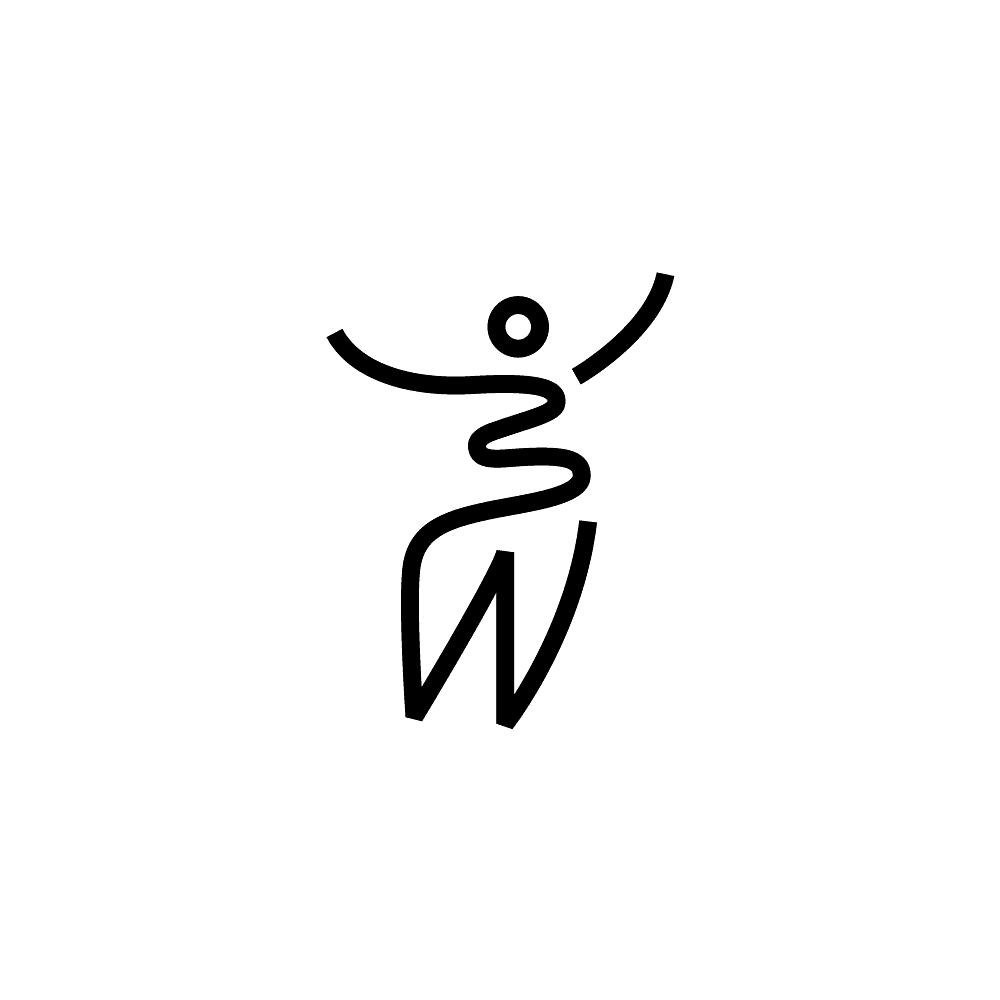Women can never be too careful during pregnancy. Apart from daily nutrition that ensures your baby is healthy, your organs need to support you most during this period.

What Is The Posterior Placenta?
The placenta is an incredible life-giving organ that develops to help your baby grow healthy. The placenta attaches to the uterine wall at the spot where the fertilised egg is implanted.
It supplies all vital nutrients and oxygen. The placenta ensures your baby gets everything essential for the healthy growth and development of vital organs inside the womb.
What Does Posterior Placenta Mean?
After a morphology scan, a question that comes to one's mind is what is posterior placenta? In the initial weeks of pregnancy, the fertilised egg (blastocyst) travels through the fallopian tubes into the body of the uterus.
This fertilised egg can implant itself anywhere on the wall of the uterus. The spot where it attaches is known as the placental location.
When the placenta attaches to the posterior wall of the uterus, it is categorised as a ‘posterior placenta’.
Also read: 10 foods to eat during pregnancy to make the baby smart and intelligent
Developing Stages Of Posterior Placenta
The placenta attaches itself to the baby's umbilical chord, providing it with all the essential nutrients, oxygen and nourishment.
The following are the stages of the placenta's development:
- The placenta begins growth when the blastocyst implants itself into the uterus.
- The blastocyst then develops into the embryo.
- The outer cluster of cells known as the trophoblast in this region begin to gradually form the placenta.
- The Trophoblast is characterised by quick growth and its cells split into two. Trophoblast cells divide into cytotrophoblasts and syncytiotrophoblasts.
- The cells positioned in the inner placenta reshape blood vessels in the uterus. This is how they are able to provide nutrients to the fetus.

So, What Are The Different Types of Placenta Positions?
Here are the different types of Placenta positions:
Posterior placenta
This position is when the placenta attaches itself to the back wall of the uterus, closest to the spine. Women may feel stronger motions, movements and kicks of the baby early on during the pregnancy if thy have a posterior placenta.
Anterior placenta
This position is when the placenta attaches itself to the frontal part of the stomach. This placenta position creates a barrier between the mother's stomach and the baby. This could mean that the mother experiences less movements and motions of the baby. However, this placenta position is standard and does, in no way, affect the development and growth of the baby.
Fundal placenta
This position is when the placenta attaches itself to the top of the uterus. This position is subdivided into the Fundal Posterior and Fundal Anterior position which are quite self-explanatory. This position is largely unproblematic until mothers experience symptoms such as severe bleeding, back pain, and abdominal plain.
Placenta praevia
This position is when the placenta covers your entire cervix. If you are dealing with this position, you may face complications throughout your pregnancy. Your placenta may bleed and you could even undergo a premature birth. Depending on how clogged the cervix is, the doctor will decide whether you should have a cesarean or vaginal birth. Please visit your gynaecologist immediately if you feel the same.

Where Is The Placenta Located?
As mentioned in the above section, the placenta can be located at the top, bottom, backside and frontal part of the uterus. In some cases, the placenta may completely surround your cervix as well.
What Are Posterior Placenta Complications?
When the posterior placenta wholly or partially covers the cervix, it could give rise to some complications.
- Low-lying posterior placentas can lead to deliveries before 40 weeks.
- Posterior placenta previa can involve the risk of abortion and severe vaginal haemorrhage after delivery.
- Posterior low-lying placentas can also make it difficult for the cervix to dilate during childbirth.
How Does Placenta Positioning Affect Delivery?
- There are rarely any complications in an anterior, posterior, fundal or lateral placental position due to sufficient blood supply.
- The fundal placenta forms the weakest point of the membrane over the cervix. This position involves the risk of premature membrane rupture.
- In the Anterior placenta, the baby floats posterior to the placenta. This can lead to longer and painful labour.
- When the placenta is located in a posterior position, it facilitates the baby to move easily in the birth canal. Posterior placental complications are rarely observed.
Posterior Placenta Normal Delivery: Is It Possible?
Yes, the posterior placenta allows the baby to grow and descend in alignment with the birth canal for a vaginal birth.
However, if the lower part of the placenta is too close to the cervix, it can act as an obstruction and make it difficult for the baby’s head to descend during labour. So placenta previa can greatly impact a mother’s chance of having a normal vaginal birth.

How to Know What Placenta Position You Have?
A qualified sonologist will perform an ultrasound scan to determine the position of your placenta. It is typically detected during the 12th week scan. The position of the placenta to the cervix will be known during a morphology scan after 20 weeks.
Does It Matter What Placenta Position You Have?
The blood flow through the uterine wall is not uniform. So the placenta located in different areas of the uterus has altered levels of blood supply.
There are three common placental locations: fundal, anterior, or posterior.
If your placenta is in one of these positions you need not worry.
The placenta needs to be away from the cervix. When the placenta is too close to the cervix it can put both the mother and baby at risk of haemorrhage.
Complications of low lying posterior placenta depend on the grade of placenta previa. Other factors include gestational age, foetal position and degree of bleeding. Complete bed rest and hospitalisation for close monitoring may be required in case of an entirely low lying placenta.
Also read: Indian foods to avoid during pregnancy
Does Posterior Placenta Mean Boy?
The research was conducted in 2014 on this topic. Among 103 women with anterior placenta, 72.8 % gave birth to female babies. The remaining 27.2% of women gave birth to baby boys.
The placental position has a relation with the baby’s sex, but it is not an accurate method to determine it. Deeper research needs to be done in this area for accurate results.

5 Myths to Know About Posterior Placenta
The posterior placenta is the ideal position
There is no ideal placental position as such. Each placental position has its pros and cons.
The posterior placenta increases the risk of C-section
No. You can get a normal delivery with a posterior placenta.
The posterior placenta increases the risk of preterm deliveries
National and international guidelines for obstetrics do not support this theory.
It's considered to be a myth, according to research.
Posterior placenta means it's a boy
This theory is not proved scientifically. Although research statistics indicate the relationship between the sex of the baby and placental position.
Posterior placenta increases foetal activity
Again the placental position does not determine foetus’s activity. The mother might feel stronger kicks in the case of the posterior placenta.
Summing Up... Posterior Placenta
A posterior placenta is a placenta position wherein the placenta attaches itself to the back of the uterus. Numerous people speculate that a posterior placenta means that you are having a boy. However, this theory is not scientifically proven. What is scientifically proven? If the bottom part of the placenta is too close to the cervix, it may cause complications when the baby's head descends during labour. Otherwise, a posterior placenta is a normal placenta position and vaginal birth can be possible with it.
FAQs
Is Posterior Placenta Normal?
Yes! Having a posterior placenta is completely normal!
Is Posterior Position Good for Delivery?
Yes. In most cases, the posterior placenta means that your baby is head down but facing the front of the mother. It is safe for delivery to take place in this position. However, the baby must pass through a woman's pelvic bones before it reaches the vaginal opening. This position makes it a little more challenging for the baby to pass through the mother's pelvic bones.
In such a case, feel free to try different delivery positions such as rocking and walking to make this process smoother. These positions may help the baby rotate during labour. However, if you undergo too much pain during delivery, you can always opt for a C-section.
Is Posterior Birth More Painful?
Having a posterior placenta may be associated with increased short-term complications during pregnancy such as a longer hospital stay. As this position makes it a little more challenging for the baby to pass through the mother's pelvic bones, women may request an epidural during delivery to numb the pain. However, this position is perfectly safe to give birth in.
References
Razieh Mohammad Jafari, Mojgan Barat (2014) Fetal gender screening based on placental location by 2-dimentional ul-trasonography (Tehran University Medical Journal) https://tumj.tums.ac.ir/browse.php?a_id=6150&sid=1&slc_lang=en
Shumaila Zia (2013) Placental location and pregnancy outcome (Turkish-German Gynaecological Association) https://www.ncbi.nlm.nih.gov/pmc/articles/PMC3935544/











